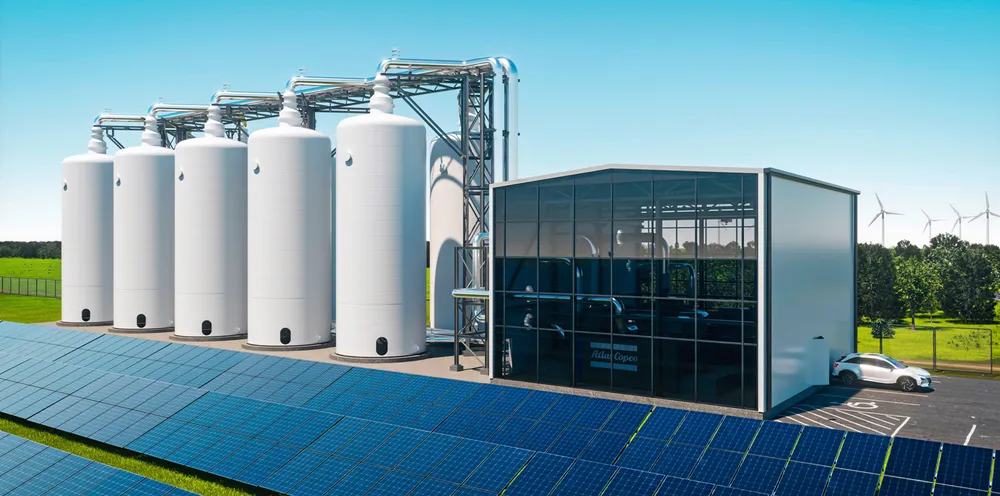Stiesdal 'hot rocks' energy storage flagship to power up on Danish island of Lolland
Demonstrator of innovative long-duration thermal energy storage technology to be fed by wind and solar plants on the renewables-rich island in the Baltic Sea

Demonstrator of innovative long-duration thermal energy storage technology to be fed by wind and solar plants on the renewables-rich island in the Baltic Sea
